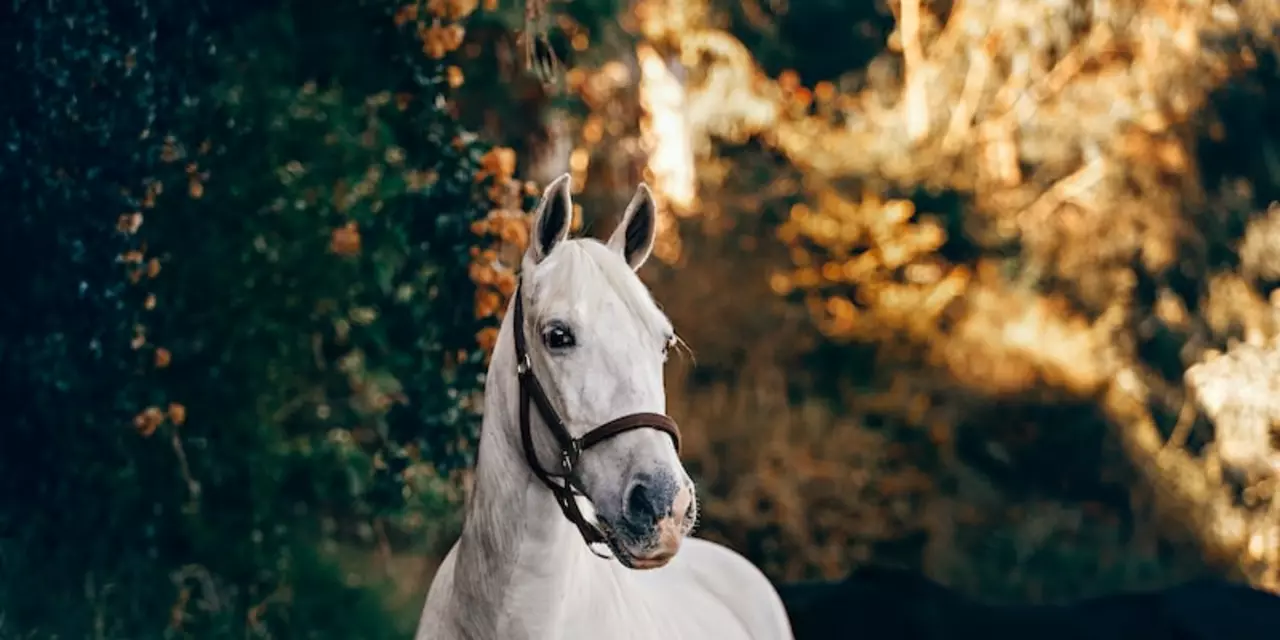Clydesdale Horses: What You Need to Know
If you’ve ever seen a massive, shaggy horse pulling a carriage in a parade, you’ve probably spotted a Clydesdale. These gentle giants are famous for their size, feathered legs, and calm temperament. But owning or riding one isn’t just about looking cool—there are practical things to consider.
First off, a Clydesdale isn’t a high‑energy racehorse. They move at a steady, easy pace and love to work. That makes them great for beginners who want a reliable partner for trail rides or light draft work. Their calm nature also means they’re usually good with kids and other animals, provided you train them properly.
Feeding and Grooming
Because they’re big, Clydesdales need a diet that matches their muscle mass. A good rule of thumb is to feed high‑quality hay twice a day and supplement with a measured amount of grain if they’re doing heavy work. Keep fresh water available at all times—these horses can drink a lot, especially in warm weather.
Grooming is a must, not just for looks but for health. Their feathered lower legs can trap mud and debris, so a daily brush‑out helps prevent infections. Check their hooves every week and work with a farrier who knows how to handle the extra weight on the foot. Regular nail trims and shoe checks keep them comfortable on the ground.
Riding a Clydesdale
When you hop on a Clydesdale, you’ll feel the solid, smooth motion right away. They have a wide back, so a well‑fitted saddle is essential—don’t try to cram a small saddle onto a big horse. A larger seat gives you better balance and reduces pressure points for the horse.
Start with short, flat rides to let both you and the horse get used to the feel. Because they’re strong, they can carry a rider plus extra gear without breaking a sweat, but avoid overloading them. Keep your legs steady and use gentle cues; harsh reins can cause the horse to tense up.
If you plan to train them for pulling carts or plowing, introduce the harness slowly. Let the horse sniff the equipment, then practice walking with a light pull before moving on to real work. Patience pays off—Clydesdales respond best to consistent, calm guidance.
Health-wise, watch for common draft‑horse issues like joint strain and hoof cracks. A regular vet check‑up, especially before the breeding season, can catch problems early. Keep their stall clean, provide a soft bedding surface, and make sure they get enough exercise to keep muscles supple.
Choosing the right Clydesdale starts with knowing your goals. If you want a family-friendly trail horse, look for a calm temperament and a manageable size—some Clydesdales are smaller than the show‑type giants. If you need a pulling horse for a farm, focus on strong bone structure and a proven work record.
In short, Clydesdales are versatile, friendly, and surprisingly easy to handle when you give them the right care. Their size might seem intimidating, but with proper feeding, grooming, and training, they become loyal partners for years to come. Ready to meet a Clydesdale? Visit your local tack shop, talk to a trusted breeder, and take the first step toward sharing a ride with one of the most iconic draft breeds out there.

Clydesdale horses are a breed of draft horse known for their large size, strength and gentle character. They originated in Scotland in the 19th century and have since been used for a variety of purposes, including agricultural and industrial work, show-jumping and even light riding. While they are not traditionally considered a riding horse, Clydesdales can be trained to be ridden, provided they have sufficient training and conditioning. Furthermore, their size and weight make them well-suited to carrying heavier riders, making them an excellent choice for riders who need a larger mount.
Read more
